
Kathy Hutton Plants of the Wild
Waterwise Wednesday Workshop
April 24, 2024



Kathy Hutton Plants of the Wild
Waterwise Wednesday Workshop
April 24, 2024


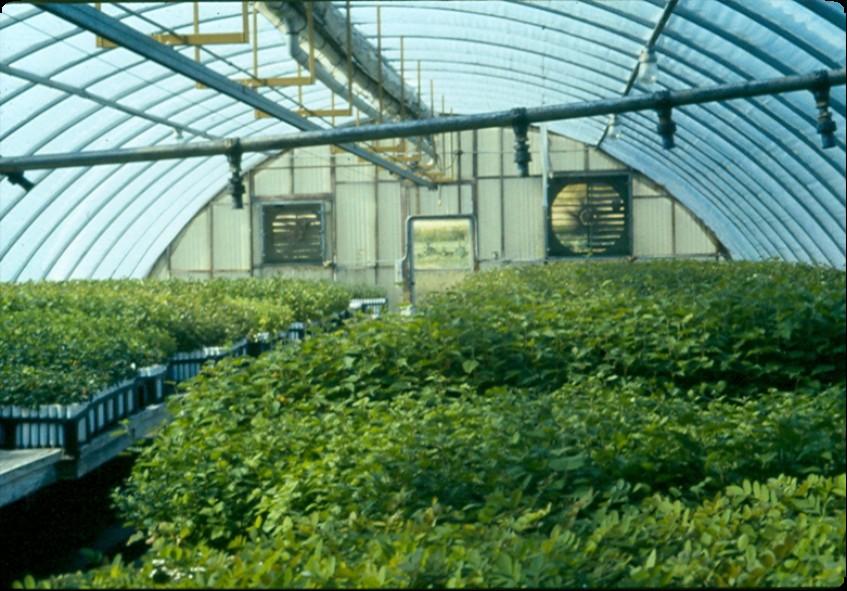
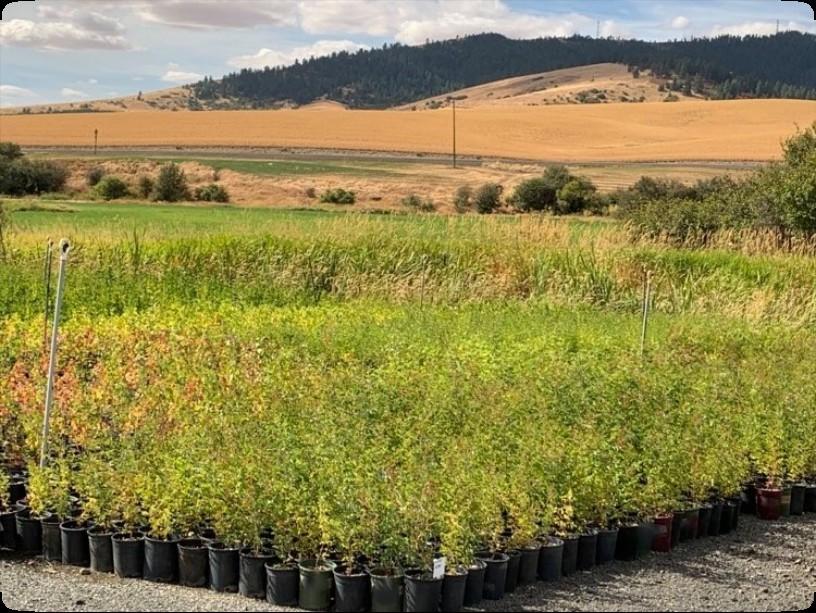

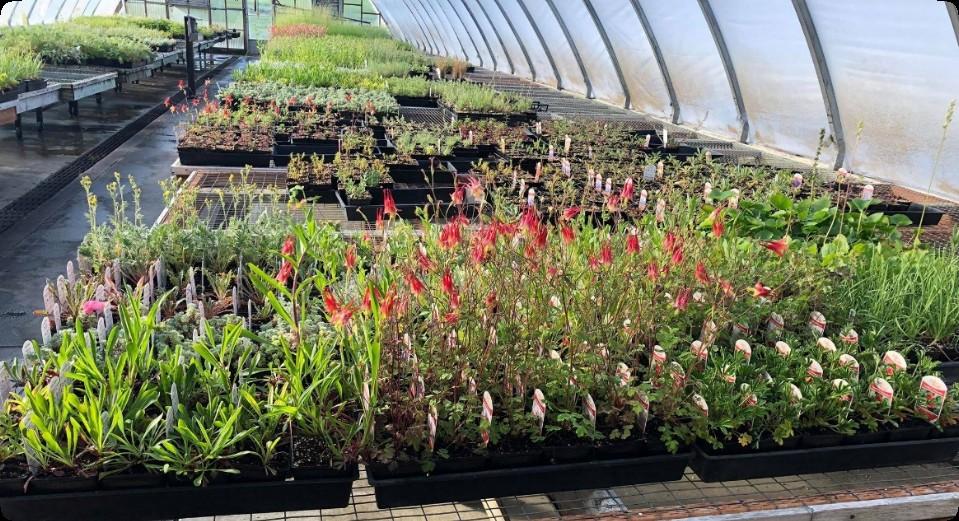



Native landscaping refers to the design, construction, and maintenance of landscapes that use native (indigenous) plants.

Naturalized Landscaping refers to design, construction, and maintenance of landscapes that use native (indigenous) plants and non-native plants in a way that mimics nature with a goal of achieving sustainability.

• Water only when your plants needs it
• Water deeply to encourage deep root growth
Water for 15 minutes
After 18-24 hours dig a small hole or use soil probe to determine how far the water soaked in
Calculate amount of time needed to water to reach desired depth
• Use mulch to conserve water and help with weed control



Not low maintenance or sustainable if you put the wrong plant in the wrong place!
Do your research on plant needs and micro-site conditions





Achillea millefolium
1-2’ tall with white blooms in spring
Easily seeded
Drought tolerant
Attracts butterflies, bees and other insects
Long bloom time
Can be weedy, make sure to get native






Nodding Onion –Allium cernuum
8-12” tall with pink to white flowers in summer
Onion like leaves
Drought tolerant
Bulbs can be divided




2-3’ tall with cluster of dusty rose flowers in summer
Full sun to partial shade
Good for naturalizing and erosion control
Not good for small or formal gardens
Host plant of the Monarch butterflies and great nectar source for bees, hummingbirds and insects.


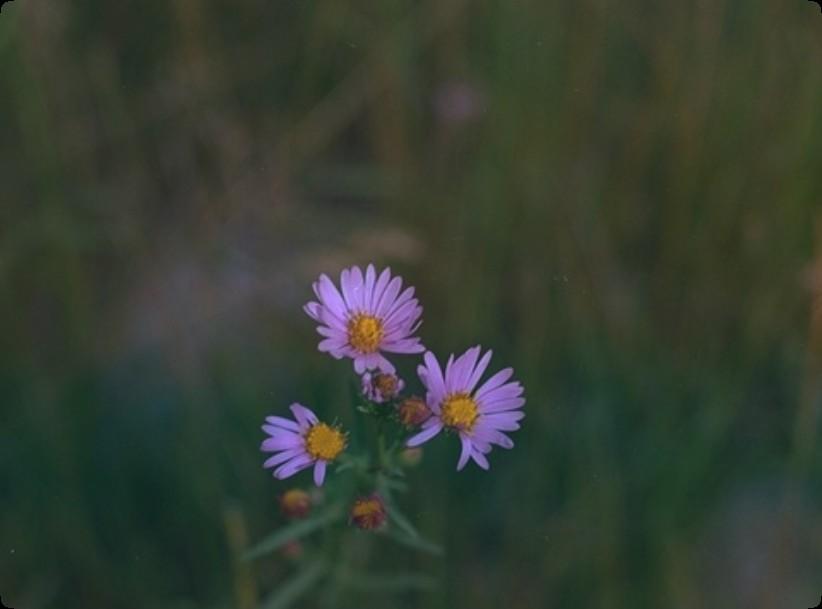
Western Aster –Aster occidentalis

1-2’ tall with purple blooms late in summer
Spreads easily from seed

Good choice for naturalizing
Can be weedy in smaller, formal garden
Fairly drought tolerant but needs late season moisture
Good fall nectar source for butterflies, bees and birds

 Arrowleaf Balsamroot –Balsamorhiza sagittata
Arrowleaf Balsamroot –Balsamorhiza sagittata

1-2’ yellow flowers very early in spring
Drought tolerant, goes dormant during summer after flowering
Needs full sun and good drainage
Deep taproot so difficult to relocate




1’ tall with purple blooms in early spring
Easiest to plant bulbs in fall
Likes spring moisture and then drought tolerant


 Deerhorn Clarkia –Clarkia pulchella
Deerhorn Clarkia –Clarkia pulchella


6-12” tall with pink flowers early to mid summer
Annual that reseeds easily, but doesn’t become weedy
Drought tolerant
Disease can be a problem with too much water
Deerhorn Clarkia –Clarkia pulchella


6-18” tall
Blue bell-shaped flowers
Prefers moist
Blooms throughout the summer
Full to partial sun

Eriogonum HeracleiodesWyeth Buckwheat



Eriogonum HeracleiodesWyeth Buckwheat
1-2’ tall with gray green foliage
Creamy clusters of flowers in summer
Excellent pollinator species
Very hardy





1-2’ tall with beautiful gray to white foliage
White clusters of flower in summer
“Dried” flowers in fall






Oregon Sunshine –
Eriophyllum lanatum
6-12” tall with yellow flowers in early summer
Gray foliage
Prefers dry and full sun
Disease problems with too much water
Great for butterfly gardens






Gaillardia aristata
1-2’ tall with yellow to orange flowers
Flowers throughout the summer and into fall with moisture
Easy to grow
Short lived perennial, but reseeds
Deer tolerant


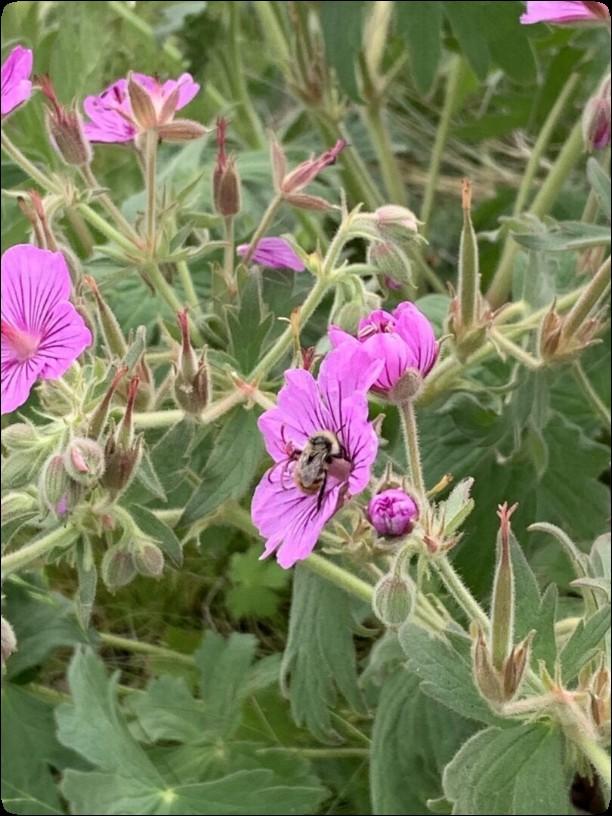

Sticky Geranium –Geranium viscosissimum
1-3’ tall with light to dark pink flowers

Flower throughout summer with some moisture
Drought tolerant, but will go dormant during summer heat and re-grow and flower with a moist fall
Re-seeds itself with ejection of seed, so can spread throughout an area




Prairie SmokeGeum triflorum
6-18” pink flowers early in spring
Nice foliage
Interesting seed heads
Prefers full sun to partial shade and well drained soil





Little Sunflower

2-4’ tall with yellow flowers late spring to early summer
Very drought tolerant
Likes full sun to partial shade
Great pollinator species and birds like the seeds





18-24” tall clumping perennial with pale yellow flowers in late spring
Prefers full sun to partial shade
Prefers moist well drained soils
Attractive evergreen foliage
Attracts bees, butterflies and birds




 Missouri Iris –Iris missouriensis
Missouri Iris –Iris missouriensis

Missouri Iris –Iris missouriensis
1’ tall with purple blooms in late spring
Needs a moist site
Grows from short, thick rhizomes




1-2’ tall with blue flowers in summer
Easy to grow from seed
Needs open area in full sun
Flowers open in morning and drop in afternoon, new flowers open the next day




 Silky Lupine –Lupinus sericeus
Silky Lupine –Lupinus sericeus

Silky Lupine –
Lupinus sericeus
1-2’ tall with purple blooms mid-summer
Short lived perennial, but reseeds
Drought tolerant




Penstemon attenuatus –Taper-Leaf Penstemon
1-2’ tall flowering in summer
Found in both pale yellow and blue flowered forms
Great plant for the butterfly garden
Fairly drought tolerant


 Firecracker Penstemon
Firecracker Penstemon

Penstemon eatonii –
Firecracker Penstemon
2-3’ tall flowering in summer
Bright red trumpet flower
Great plant for the butterfly garden
Very drought tolerant


 Firecracker Penstemon
Firecracker Penstemon



Missouri Goldenrod –Solidago missouriensis

2-3’ tall with masses of bright yellow flowers in late summer
Full sun to partial shade
Drought tolerant
Good for naturalizing and erosion control
Not good for small or formal gardens



Blue Eyed Grass –
Sisyrinchium idahoense
6-12” tall with blue/purple flower in late spring
Grows in moist areas
Easy to grow
Nice semi-evergreen foliage
Deer tolerant




Synthyris missurica –Mountain Kittentails
Flowers early in the spring
Full sun to partial shade
Leaves add interest into summer
Deer tolerant





Idaho Fescue –
Short bunchgrass 8-12” tall
Fine textured
Usually slight blueish tint
Dry, full sun




Bunchgrass 18-24” tall
Bluish tint
Wider blade
Drought tolerant





Tufted Hairgrass –Deschampsia caespitosa
Bunchgrass 18-24” tall
Course textured fine blade
Feathery seed heads
Grows in moist areas in full sun to partial shade


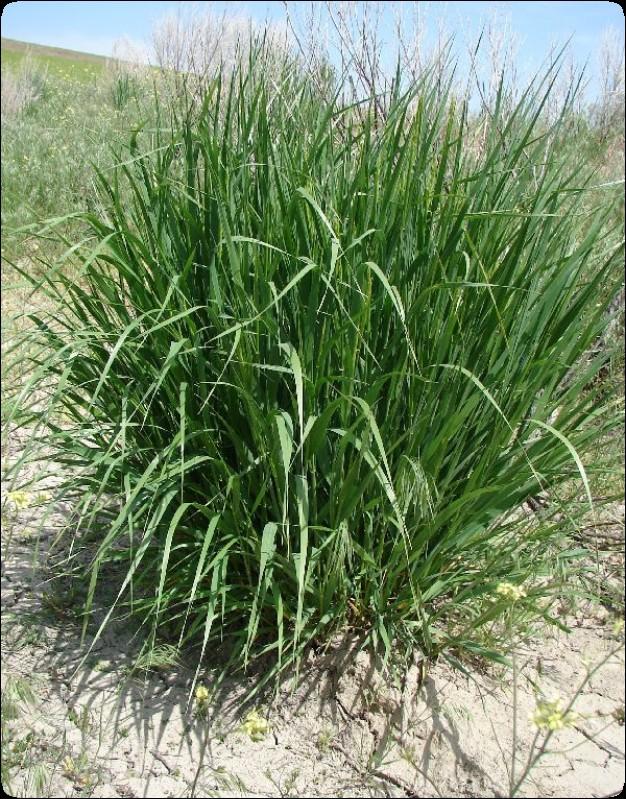

Basin Wildrye –Leymus cinerus
Large bunchgrass 3-4’ tall
Drought tolerant, prefers full sun
Wide blade




Large bunchgrass 3-4’ tall
Likes spring moisture, prefers full sun
Wide blade with bluish hue




Cool season bunch grass 1-2.5’ tall
Drought tolerant, prefers full sun
Does not do well in moist areas
Slender rolled leaf blades
If seeded, seed likes to be buried deep







Evergreen groundcover forming a dense mat
Leathery tear shaped leaves with pink flowers and red berries
Needs well drained soil
PROS
very hardy and drought tolerant
provides year round interest
CONS
susceptible to root rot
can be slow to establish





Ground cover with heart shaped leaves and purplishbrown flowers
Likes moist acidic soils
PROS
nice texture in landscape
foliage smells like ginger





Evergreen ground cover Oregon Grape to 1’ tall
Yellow flowers and purple, edible berries
PROS
nice year round interest
CONS can winter burn in our area





Fast growing shrub to 4-5’
Pink raspberry-like fruit after 1” white flowers
PROS
good wildlife cover and food
CONS
problems with suckers, especially in wet areas






4-6’ shrub with yellow trumpet flowers and red berries
PROS
good for hummingbirds and wildlife food
drought tolerant
CONS
some problems with suckers


4-6’ shrub with bright pink flower clusters in early spring
PROS
great for hummingbirds and wildlife food
somewhat drought tolerant
CONS make sure you have hardy seed source









OCEANSPRAY –
Holodiscus discolor
6-8’ shrub with creamy white flower clusters
tolerant of poor soils and drought
PROS
nice growth habit and flowering
CONS
some people do not like persistent seed heads






 MOCKORANGE or SYRINGA –Philadelphus lewisii
MOCKORANGE or SYRINGA –Philadelphus lewisii

MOCKORANGE or SYRINGA –Philadelphus lewisii
6’ shrub with beautiful white fragrant flowers
tolerant of poor soils and drought
be careful of overwatering
PROS
flowering
CONS
not attractive when not in flower





REDOSIER DOGWOOD –Cornus sericea
6-12’ shrub with white flower clusters and white berries
bright red twigs are nice contrast in winter
PROS
can be pruned
CONS requires pruning to keep in small spaces



 MALLOW NINEBARK –Physocarpus malvaceous
MALLOW NINEBARK –Physocarpus malvaceous

MALLOW NINEBARK –Physocarpus malvaceous
6’ shrub with white pom-pom like flower clusters of flowers and peeling bark
PROS – tolerates poor soils and partial shade of full sun
CONS – needs moisture to look good in a landscape





6-12’ shrub with white flowers and blue berries
PROS
superb wildlife cover and food, very adaptable to wide range of conditions
CONS
Leaves are small and sparce



SPOKANESCAPE GUIDEBOOK
https://issuu.com/waterwisespokane/docs/ 2024_spokanescape_guidebook_digital BACKYARD RESTORATION ON THE PALOUSE
https://www.palousecd.org/palouse-prairie

